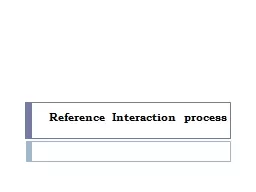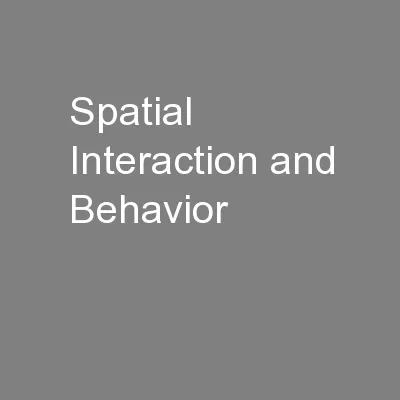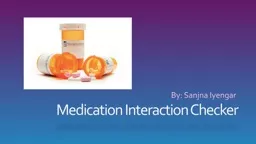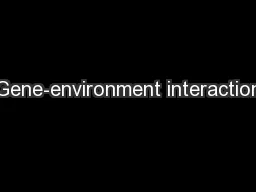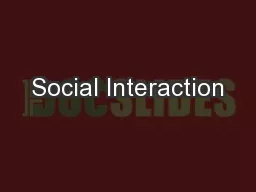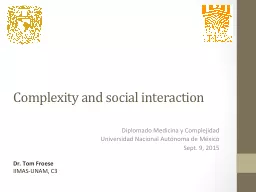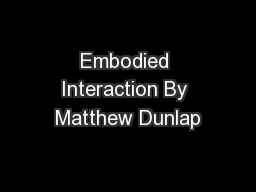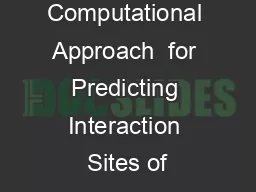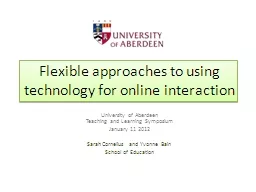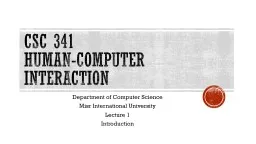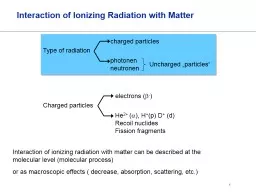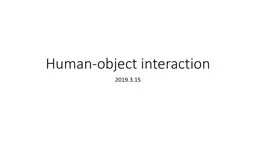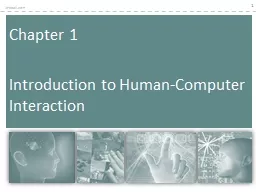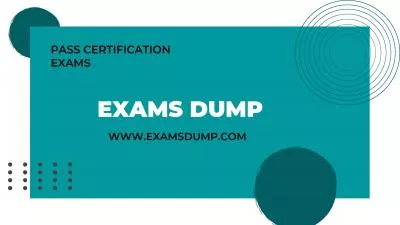PPT-Reference Interaction process
Author : mitsue-stanley | Published Date : 2019-03-16
Greeting Initial Inquiry Open questions Closed question Paraphrasing Searching Communicating results Followups Closing Opening the Interview 1Approachability First
Presentation Embed Code
Download Presentation
Download Presentation The PPT/PDF document "Reference Interaction process" is the property of its rightful owner. Permission is granted to download and print the materials on this website for personal, non-commercial use only, and to display it on your personal computer provided you do not modify the materials and that you retain all copyright notices contained in the materials. By downloading content from our website, you accept the terms of this agreement.
Reference Interaction process: Transcript
Download Rules Of Document
"Reference Interaction process"The content belongs to its owner. You may download and print it for personal use, without modification, and keep all copyright notices. By downloading, you agree to these terms.
Related Documents

